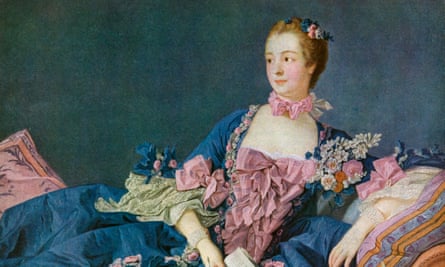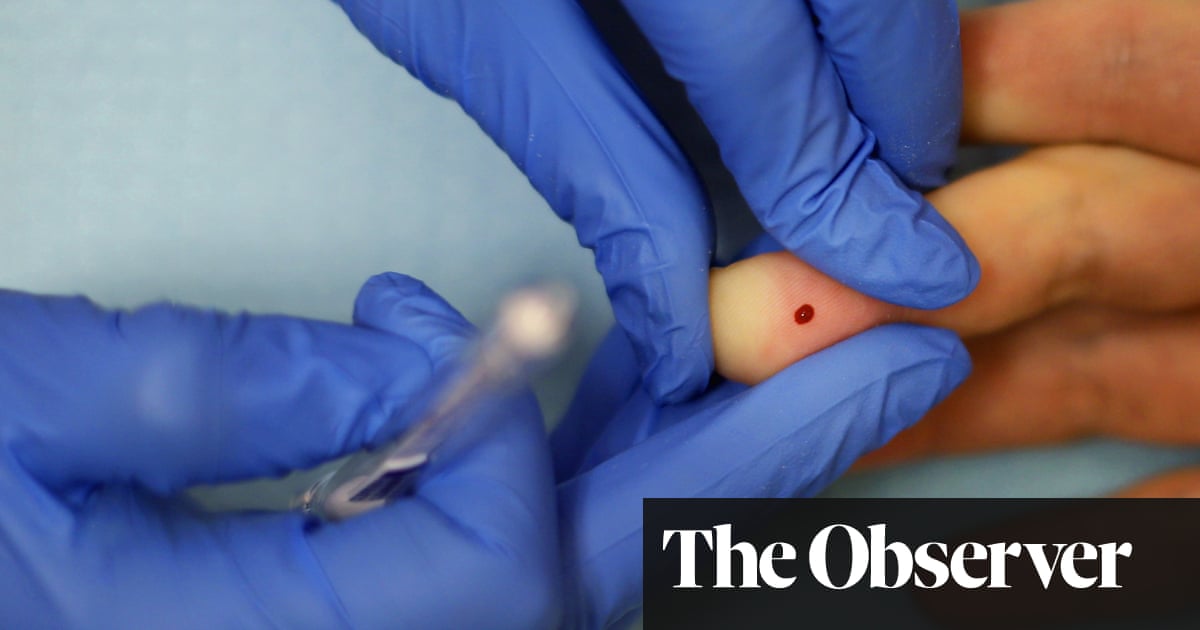For almost 140 years, four massive gilt-bronze wall lights have hung in the 18th-century drawing room at Swinton Castle in Yorkshire, now an opulent luxury hotel.
Guests will almost certainly have noticed the one metre-high rococo appliques with their entwined branches decorated with leaves, berries and cherubim, and passed them off as impressive reproductions of more valuable original works.
“They would have known they were good, but not how good,” said João Magalhães, a French and Italian furniture specialist. Now, auction house Sotheby’s believes it has uncovered missing treasure after tracing the lights’ history from the grand salon of French king Louis XV’s mistress Madame de Pompadour, through generations of European aristocracy.
Magalhães believes the appliques were created by master sculptor Jacques Caffieri. He linked them to two chandeliers made by the artisan who was attached to the French royal household in the 18th century, bearing the same decoration and acquired by de Pompadour.
Although the four wall lights at Swinton are not signed, they bear all the stylistic hallmarks of Caffieri’s work. After nine months scouring French sale receipts and inventory records, Magalhães says he has traced the sconces back to Madame de Pompadour’s homes, first at the Versailles Palace, and then at the Château de Crécy at Dreux, west of Paris, a beautiful estate gifted by the king.
“It has been a lot of detective work and a little supposition based on facts. We know they are very similar to the chandeliers and we know the chandeliers were moved back and forth with four wall lights. It is difficult to see how the lights we have are not the same lights in the inventories,” Magalhães told the Observer.

Jeanne-Antoinette Poisson, the Marquise of Pompadour – known as Madame de Pompadour – was the official chief mistress of Louis XV as well as his aide and adviser. She was a major political figure in the royal court at Versailles and patron of the decorative arts and architecture, sponsoring many Enlightenment philosophers and writers, including Voltaire. She played a central role in making Paris the European capital of taste and culture, and established the Sèvres porcelain factory, celebrated across the continent.
Even after her sexual relationship with the king ended and he took younger mistresses, Louis XV remained devoted to her through the ill health of her later years until her death from tuberculosis aged 42 in 1764.
De Pompadour was an enthusiastic proponent of the extremely ornamental and dramatic rococo style, also known as late baroque, that emerged in France in the 1730s, and she filled the 15 residences she owned with such artefacts and furnishings.
At the Château de Crécy, she could escape the pressures of the royal court and host long visits from the king as well as intellectuals, writers and artists. Her Grand Salon d’Assemblée was more than 16m long and 8.5m wide, requiring furnishings that measured up to its impressive size.

“Madame de Pompadour’s grand salon at Crecy was dedicated to the arts, and we know she decorated the salon in rococo style. Unfortunately, very few pieces from this salon have survived,” Magalhães said.
In 1757, de Pompadour sold the Château de Crécy and its contents to the Duc de Penthièvre, the grandson of King Louis XIV known for his vast wealth, philanthropy and involvement in French naval affairs. De Penthiève’s properties and belongings were seized during the 1789 revolution. All trace of the wall lights was lost until they reappeared on the other side of the Channel in 1844 in the South Drawing Room of the 2nd Earl of Lonsdale’s home in London.
Lonsdale, a prolific buyer of French furniture and Sèvres porcelain, was a close friend of British king George IV. Around 1887, the lights were sold at auction for £1,280 and relocated to the 200-acre Swinton estate, north of Leeds, where they have remained, one pair placed either side of the drawing room fireplace.
The wall lights, estimated at up to £1m, will be sold at Sotheby’s annual Treasures auction in London on 4 December.
“Objects like this don’t come around every month. They are very beautiful, absolutely amazing; monumental in terms of their scale, quality and the boldness of design,” Magalhães said.
“They scream of a great patron of the arts, and Madame de Pompadour was certainly that.”
“We see some extraordinary things in this business, but every now and again there is something that just stops you in your tracks. Seeing these wall lights was one such moment.”

 3 months ago
44
3 months ago
44













































